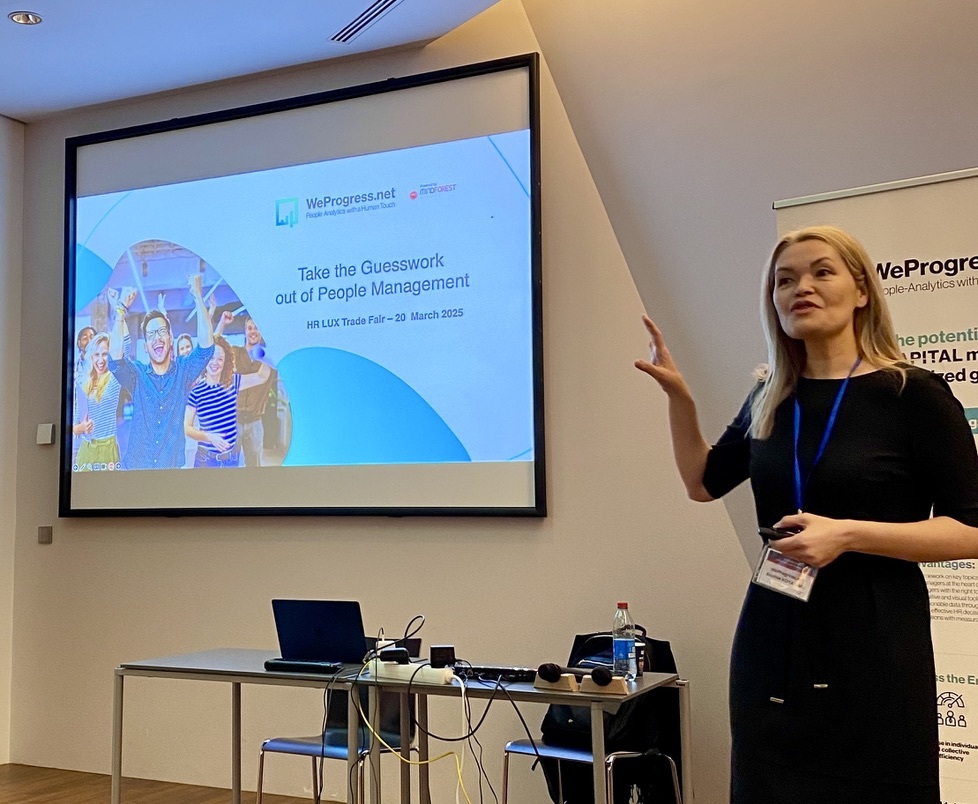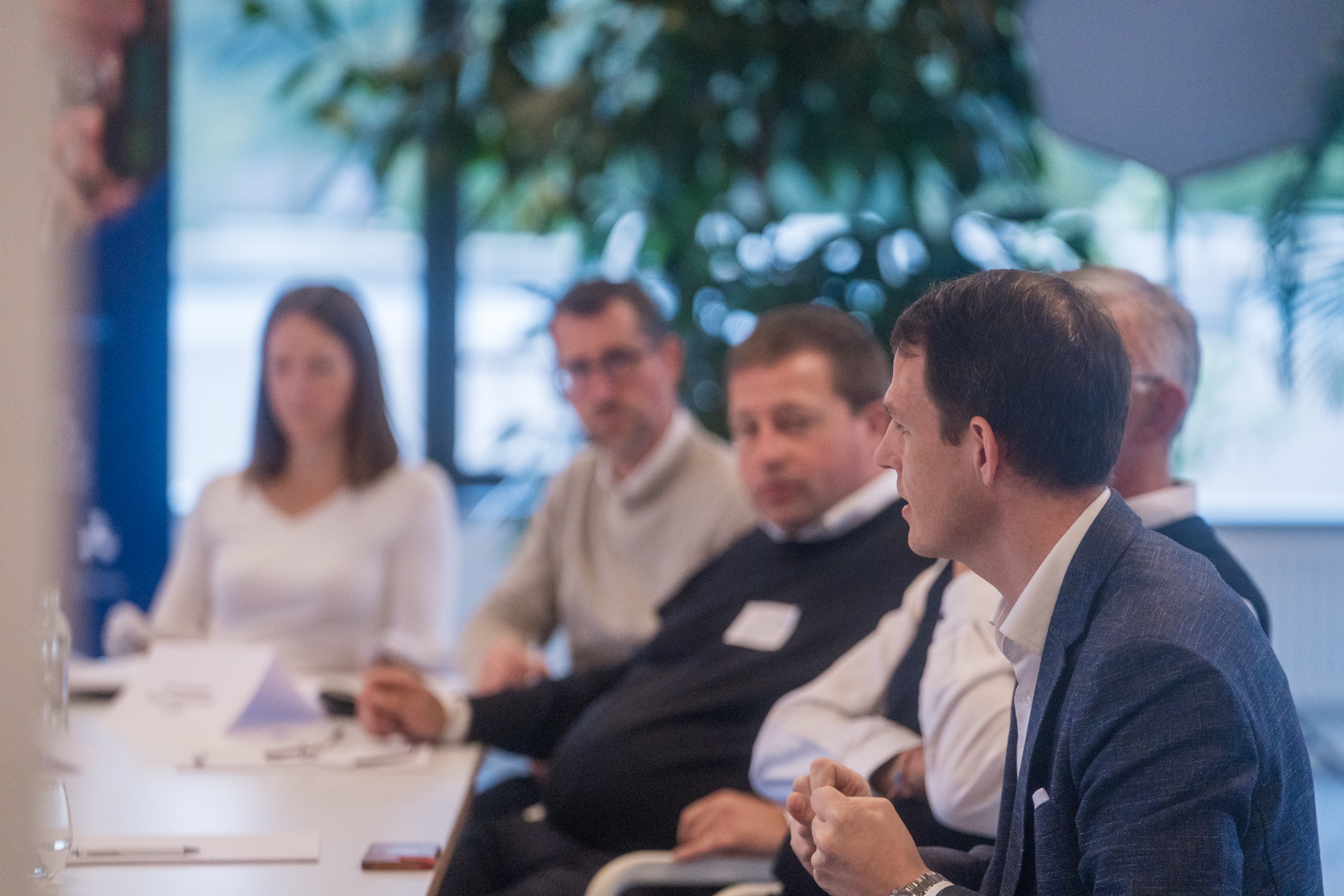Daring to Lead Positive Transformation: What If you explored a disruptive approach to Change with Appreciative Inquiry?
- First published 26.09.2024 in the MindForest MindOpener
Downloaded 16 times
Over the coming months, MindForest will be publishing a series of articles on the theme of positive transformation.
In a world where change management often feels like an endless cycle of firefighting—fixing problems, addressing resistance, and navigating crises—what if you could flip the script? What if, instead of focusing on deficits, you focused on what’s thriving? Imagine leading a transformation driven by the positive engagement of your collective, not by fear of failure. This mindset is at the core of my approach to positive transformation.
In my two preceding articles, I explored the strategic pillars and practical implementation of positive change. Now, in this third article, I dive deeper into what I believe is the most powerful approach to change: Appreciative Inquiry (AI). Rather than asking, “How can we fix this?”, AI dares to ask, “What’s possible if we amplify what’s already working?”
What is Appreciative Inquiry and why is it important for change?
Appreciative Inquiry shifts the focus from solving problems to leveraging strengths. Traditional change management focuses on identifying weaknesses. AI, by contrast, highlights what is already successful and builds on it. This shift in perspective helps your organisation utilize its core strengths to overcome challenges more effectively.
By focusing on success, AI fosters a positive mindset that drives growth, innovation, and collaboration. It helps teams unite around a shared vision, increasing engagement.
This strengths-based approach accelerates change and makes it more sustainable. Employees feel more empowered and energized because they are building on their strengths. Rather than resisting change, they become active participants in shaping it. In the end, AI ensures that transformation is both positive and long-lasting for your organization.
How Does Appreciative Inquiry work?
AI operates through a structured, yet flexible framework known as the 5-D Cycle, which consists of:
- Definition: Framing the core issue or challenge in a way that encourages positive exploration. Your organization defines its goals, aspirations, and the transformational changes it seeks to achieve.
- Discovery: Your teams collaboratively identify what works well. This phase focuses on uncovering past successes, current strengths, and organizational assets, whether tangible or intangible.
- Dream: In this phase, your organization collectively envisions what the future could look like if it built upon its strengths. This creates a shared aspirational vision, fueling creativity and innovation.
- Design: With the vision in place, practical strategies and processes are co-created to bring this desired future into reality. This stage ensures that the change is not only aspirational but also actionable.
- Delivery: The final phase involves putting the strategies into action, adjusting them as needed, and maintaining momentum for sustained success.
Each phase of the AI cycle is designed to foster collaboration, encourage innovative thinking, and inspire the collective energy needed for meaningful change.
Why is Appreciative Inquiry a sustainable approach?
Appreciative Inquiry is not just a tool for temporary solutions. It fosters sustainable, long-term change by embedding positive practices into your organization. Sustainability here goes beyond environmental responsibility. It’s about creating lasting, positive impacts across all dimensions of your organization: economic, social, and cultural.
One of the key reasons AI supports long-term sustainability is its emphasis on focusing on strengths and engaging all stakeholders in the transformation process. By involving employees and leaders, AI ensures that the strategies your organization develops are not only effective in the short term but also designed to last. This collaborative approach makes solutions more inclusive, taking into account diverse perspectives, which increases the likelihood that they will be embraced and sustained over time.
Another crucial benefit of AI is the resilience it builds within your organization. By continuously enhancing what works well, AI helps your organization become more flexible and adaptable to change. Organizations practicing AI are better equipped to handle future challenges because they foster a culture of continuous learning and proactive problem-solving. Rather than waiting for a crisis to occur, AI helps your organization build the capacity to adapt and thrive. Ultimately, Appreciative Inquiry aligns perfectly with sustainable business practices by creating a mindset within your organization that fosters continuous improvement and long-term success, ensuring that positive change is sustained.
Appreciative Inquiry in action: Practical examples of Positive change
Over the past several years, I have applied Appreciative Inquiry across various contexts, from team-building to large-scale organizational transformations. AI is not just a method. It’s a mindset that involves both doing and being appreciative. This approach is versatile, as it can be applied to individuals, teams, whole organizations, and even external stakeholders. Below are two examples where I implemented AI to drive positive, sustainable change.
Post-Crisis Resilience in a Healthcare organisation(1)
In a healthcare organization deeply affected by the Covid-19 pandemic, I used AI to help rebuild resilience. The organisation was struggling with high absenteeism, disengaged teams, and a lack of direction. Through a series of AI workshops, we shifted the focus from the overwhelming challenges to identifying the organization’s core strengths, such as moments of exceptional teamwork during the crisis.
We co-created a shared vision for the future, grounded in resilience and patient-centered care, which reinvigorated the staff’s sense of purpose. This approach not only restored morale but also strengthened collaboration, positioning the organization to better handle future challenges by focusing on its strengths.
Advancing Gender Diversity in the C-Suite of a financial institution (2)
In a financial institution, I implemented AI to address the gender gap in executive positions. Although diversity initiatives had been in place for years, the number of women reaching the C-suite remained low. Instead of focusing on the barriers women faced, I used AI to shift the conversation towards what had worked for those who had successfully advanced.
Through appreciative dialogues with senior management, we uncovered key success factors for women reaching executive positions, and we co-created a new gender diversity strategy that included practical solutions, such as fostering mentorship and redefining career pathways. This shift not only empowered women but also engaged the entire organization in promoting gender diversity.
Conclusion: Partnering for Positive and Appreciative Transformation
To successfully navigate this transformative journey, it’s essential to collaborate with experts in positive change. Engage with MindForest, leaders in guiding organizations through change using Appreciative Inquiry and strengths-based approaches. With MindForest’s expertise, your organization’s transformation will be well-planned, effectively managed, and successfully executed, ensuring enhanced performance and long-term sustainable success.
Contact us today to learn more.
Article written by Florence Delacour Le Petit
- Delacour Le Petit, F. Co-creating a Shared Vision Post-Covid in a Health and Human Services Organisation, International Journal of Appreciative Inquiry, September 2024.
- Delacour Le Petit, F. C-level, a possible pathway for every woman, International Journal of Appreciative Inquiry, November 2022.
WANT TO RECEIVE OUR LATEST THOUGHT LEADERSHIP CONTENT?
Related posts
 Take the Guesswork out of People Management
Take the Guesswork out of People Management
 From processes to people: achieving quality
From processes to people: achieving quality
 Daring to lead Positive Transformation: What if Positive Emotional Capital was your key to sustainable change?
Daring to lead Positive Transformation: What if Positive Emotional Capital was your key to sustainable change?
 Why hire Change management professionals? We can do it alone!
Why hire Change management professionals? We can do it alone!
 Digital Transformation and Change Management: Lessons shared in an event hosted by Cebi and MindForest
Digital Transformation and Change Management: Lessons shared in an event hosted by Cebi and MindForest



